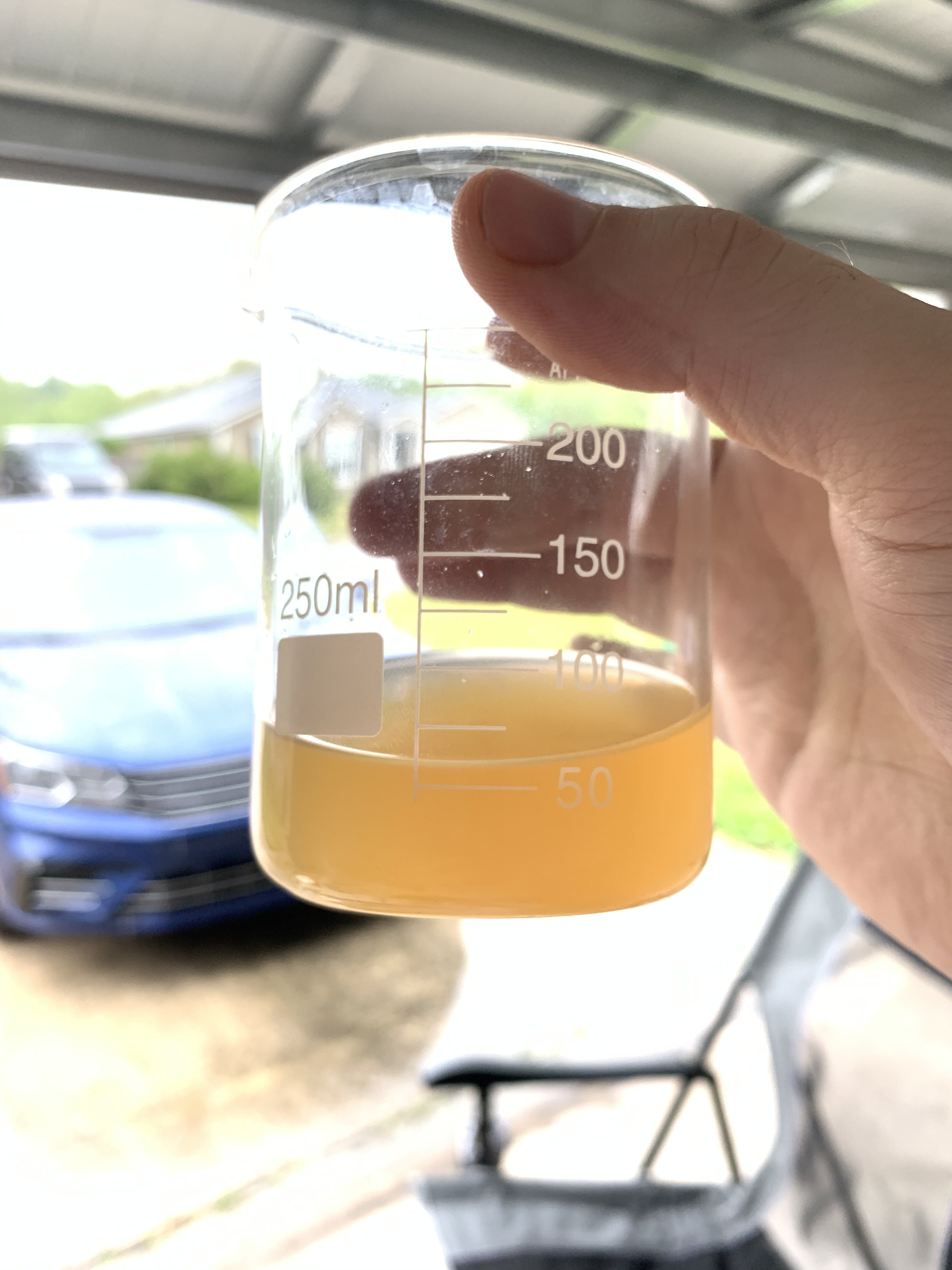I think most people have been turning these beers around pretty quickly, including myself, and getting pretty good results. Something in the range 7-10 days fermentation, 3 days dry hop, package, carb, consume. This is fine and will produce a flavorful and drinkable beer.
But some of the best examples of the style wait significantly longer before packaging the finished product. I don’t have the links in front of me but I remember hearing Henry from monkish say that many of their beers are canned 28-35 days from brewing them. Electric brewing in California, while not as well known, are also putting out excellent NEIPAs and have said openly that they do 11 days in the fv, and then 21 days of conditioning before packaging. I’ve also seen JC from trillium post that he recommends dry hopping at 60
Degrees in a corny keg for home brewers.
Many of the so-so breweries will rush to get product out the door, and many home brewers have no patience when it comes to drinking their beloved beer.
I wouldn’t say it’s the consensus to dry hop cooler, but many people are having success getting a smoother, overall better finished beer with less hop burn doing so. I’ve played around with temps and one of the best beers I ever made was soft crashed to 58, then transferred into a purged keg with 10 ounces of dry hops waiting. I kept there at 60 degrees for three days and then transferred to a serving keg. It was a little underwhelming at first but after 7-10 days in the serving keg the hop character dramatically intensified, the beer had zero hop burn, and the aroma was very strong.
I’ve brewed upwards of 50 batches and I’ll always remember thinking how proud of that particular batch I was. The only reason I don’t follow that same process all the time is because I’m admittedly impatient. I crank batches out, drink them, and move on to the next.
But I’d definitely say slow, steady, and cool will result in the best results for crazy hoppy neipas.
My 2 cents.


























![Craft A Brew - Safale BE-256 Yeast - Fermentis - Belgian Ale Dry Yeast - For Belgian & Strong Ales - Ingredients for Home Brewing - Beer Making Supplies - [3 Pack]](https://m.media-amazon.com/images/I/51bcKEwQmWL._SL500_.jpg)



































